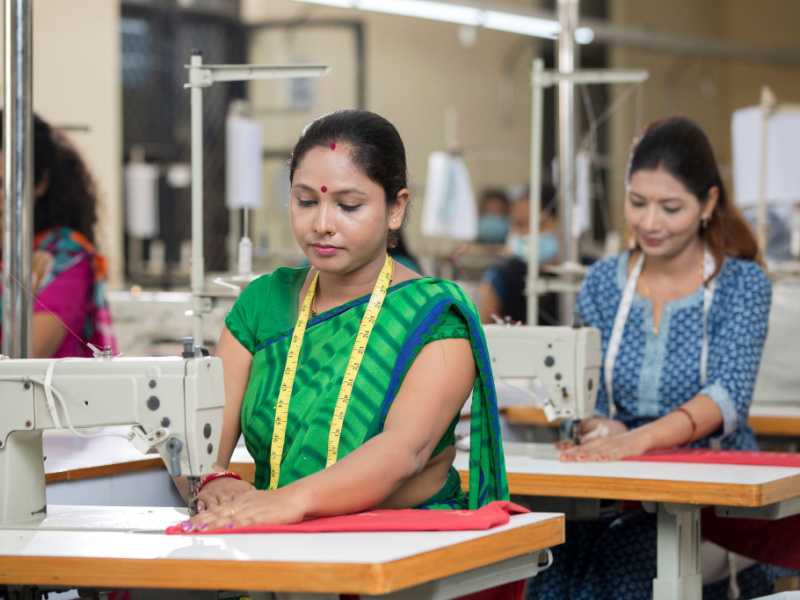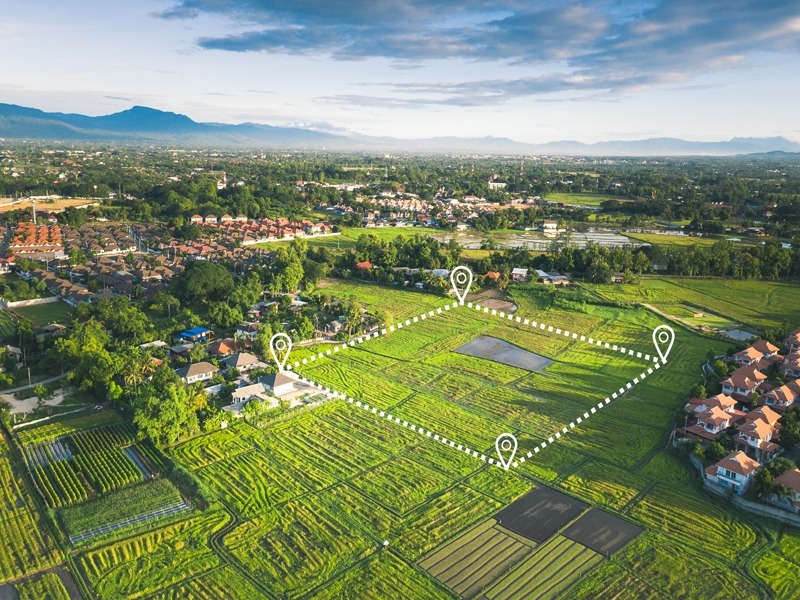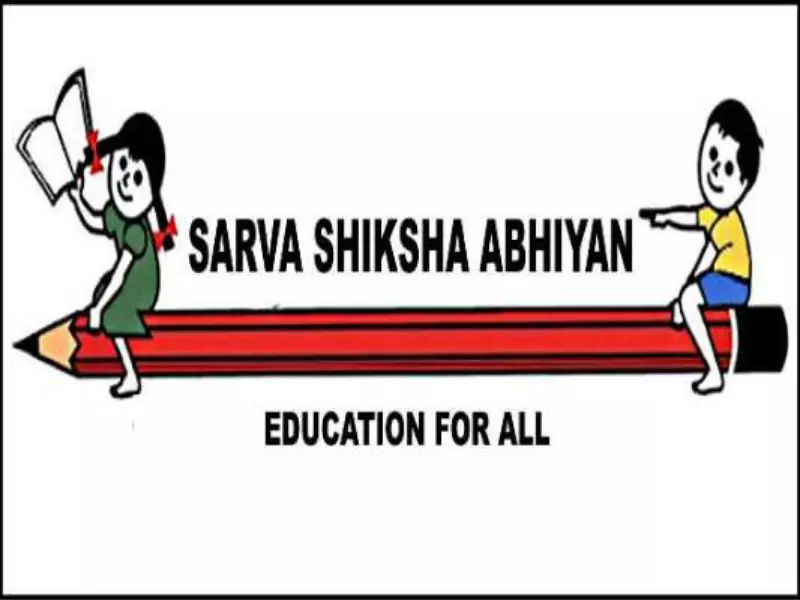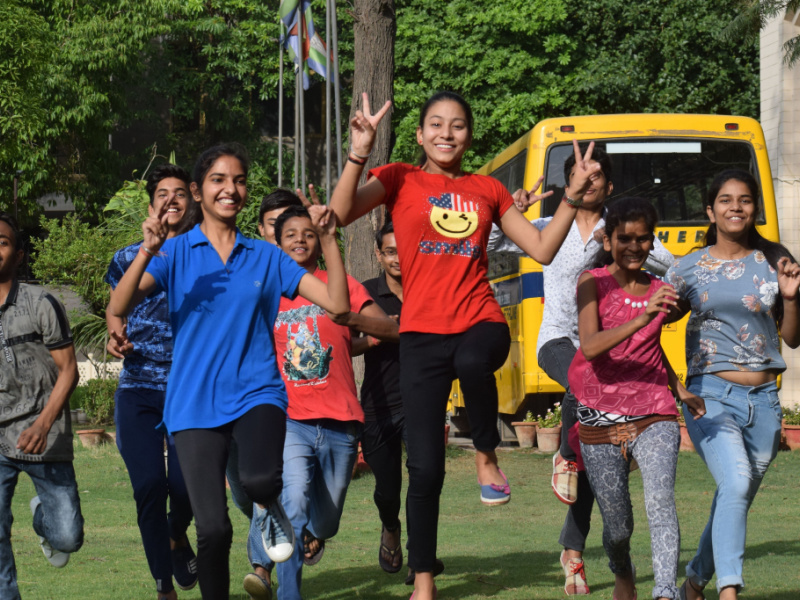
Deendayal Antyodaya Yojana-National Urban Livelihoods Mission (DAY-NULM) was launched by the Ministry of Housing and Urban Poverty Alleviation, Government of India, on September 24th, 2013.
Read more – Everything you need to know about Sarva Shiksha Abhiyan (SSA)
Introduction to the National Skill Development Mission
The Ministry of Housing and Urban Poverty Alleviation (MHUPA) of the Government of India introduced the National Urban Livelihoods Mission (NULM) on September 24, 2013, to replace the previous Swarna Jayanti Shahari Rozgar Yojana (SJSRY). They provide access to self-employment and skilled wage employment possibilities to reduce poverty and vulnerability among urban poor households. They are building strong grassroots level institutions of the poor to improve the livelihoods of the urban poor on a long-term basis. The NULM scheme’s purpose includes progressively providing urban homeless people with shelter and vital services and addressing urban street vendors’ livelihood concerns by easing access to proper venues, institutional credit, social security, and skills to access rising market opportunities. Provision to improve and expand the livelihood options available to the urban poor. They are assuring the city’s homeless population that permanent 24-hour shelters are available and accessible. They are creating rights-based solid ties with other programmes that address the right to food, healthcare, and education for urban homeless persons.
Objectives and key focus areas of the Mission
The poor are enterprising and have a natural drive to escape poverty, according to Deendayal Antyodaya Yojana-National Urban Livelihoods Mission (DAY-NULM). The task is to unlock their potential to create meaningful and long-term livelihoods. Motivating the urban poor to develop their institutions is the first stage in this process. They, and their institutions, require sufficient capacity to manage the external environment, obtain financing, and increase their talents, businesses, and assets. This necessitates constant and well-designed hand-holding assistance.
Only when the poor and their institutions drive any livelihood development initiative can it be scaled up in a time-bound manner. Assume leadership responsibility for all issues and programs affecting the urban poor in cities and towns, including skills and livelihoods. It will prepare the urban poor for market-based jobs and self-employment while also making credit more accessible. At the bottom of the urban pyramid, street sellers make up a significant population. Vending on the street provides a source of self-employment and hence serves as a measure, of urban poverty alleviation, without the need, for large government participation.
Even though they contribute to the sustainability of cities with their inexpensive labour, urban homeless people who live without shelter or social security/protection are the most vulnerable. Moreover, living on the streets entails always living on the edge in a physically brutalized and demanding environment. Therefore, convergence, with schemes/programs of relevant line Ministries/Departments, and state government programmes, dealing with skills, livelihoods, entrepreneurship development, health, education, social assistance, and other issues, is emphasized heavily. The goal is to form a relationship with the private sector to provide skill training, employment, and the running of a homeless shelter.
NULM’s Strategy In Reforming India.
Handholding support is used to build the capacity of the urban poor, their institutions, and the machinery involved; in the implementation of livelihood development and poverty alleviation programmes. They are enhancing and increasing the urban poor’s; existing livelihood possibilities. Building skills to enable access to emerge, urban economies’ growing market-based job prospects. Self and group training, and support for the formation, of micro-enterprises, by the urban poor. Ensure that permanent 24-hour shelters are available and accessible to the city’s homeless population, including basic infrastructures, such as water, sanitation, safety, and security. The government is to build rights-based solid connections, with other programmes that address the right of urban homeless people, to food, health, education, and other benefits. The urban poor, particularly the homeless, are the core focus; of DAY-NULM. Families of disadvantaged groups, such as SCs, STs, women, minorities, disabled people, and others may be included, up to a maximum of 25%, of the urban; poor population.
Skill development initiatives and training programs
The National Urban Livelihoods Mission is an organization dedicated to improving the lives of people living in Urban India. The Minister for Housing and Urban Affairs will head the Governing Council (GC), while the Secretary for Housing and Urban Affairs will lead the Executive Committee (EC). The GC will be the policymaking body for the Mission, determining its overall vision, and direction, in line with national goals. It will set priorities and assess the Mission’s overall status and development. The seven NULM components are as follows:
Social Mobilization and Institution Development (SM&ID)
For an efficient and long-term poverty reduction programme, mobilizing urban poor households; to develop their institutions is a significant investment under the SM&ID component. Therefore, NULM envisions universal social mobilization, of urban poor, into Self-Help Groups (SHGs) and their federations, with a special focus on vulnerable urban populations, such as SCs, STs, minorities, and female-headed households.
Employment through Skills Training and Placement (EST&P)
EST&P, which is part of NULM, gives skill training to the urban poor to start their businesses or find salaried work. According to EST&P, women, individuals with disabilities, and other disadvantaged groups are expected to be more involved; in the training initiative, according to EST&P.
Capacity Building and Training (CBT)
M/oHUA, and State Agencies, in charge of urban poverty alleviation, become suppliers, of high-quality technical assistance, in the field of livelihood promotion and urban poverty alleviation; as a result of CB&T. A technical expert is a person who has specialized knowledge in a subject, and reports to regular government officials, in charge of MMU centres, at all levels.
Self-Employment Programme (SEP)
Under NULM, the SEP will focus, on providing financial support, to individuals and groups of urban poor to establish profitable self-employment ventures/micro-enterprises tailored to their skills, training, aptitude, and local conditions. The component will also assist urban poor Self Help Groups (SHGs) in obtaining simple bank credit and receiving interest subsidies; on SHG loans. The component will also concentrate on technology, marketing, and other forms of support for individuals.
Scheme of Shelter for Urban Homeless (SUH)
The SUH component of the NULM project aims to ensure the availability and access of permanent shelters for the urban homeless population, including essential infrastructures such as water supply, sanitation, safety, and security. Hence, provide for the requirements of the most vulnerable elements of the urban homeless population, such as dependent children, the elderly, disabled, and the mentally ill.
Support to Urban Street Vendors (SUSV)
NULM Components of Shelter for the Urban Homeless Scheme. Street sellers are an essential part of the informal economy in cities, as they are at the bottom of the pyramid. Street vending has a necessary place in the urban supply chain, providing inexpensive and quick access to goods and services to all segments of the population, including the poor, and serves as a measure of urban poverty reduction.
Innovative and Special project (ISP)
Activities that are not possible to address during the typical course of NULM implementation may be included in projects. Special projects to address the livelihood challenges of the most disadvantaged populations, such as physically challenged people, rag pickers, domestic workers, rickshaw pullers, sanitation employees, and others, may also be undertaken. In addition, CBOs, NGOs, semi-government organizations, and other organizations; may collaborate on innovative/special projects.
Future outlook and expansion plans
The NSDM had set a target of training 500 million people by 2022. To achieve this target, the mission planned to expand its reach to rural areas and underserved communities. The NSDM is also working to improve the quality of training by partnering with industry and academia. With these efforts, the NSDM is well-positioned to play a major role in the development of India’s workforce and economy.
Population Group Targeted.
This initiative is open to all urban poor, homeless people, street vendors, and others who want to participate in India’s entrepreneurial revolution.
The Registration Procedure.
Distinct schemes have different registration procedures, which can be found at https://nulm.gov.in/.
The User Handbook.
The user handbook and step-by-step instructions for applying for various components may be found at: https://nulm.gov.in/PDF/User Manual/nulm-user-manual-new.pdf.
Conclusion: Empowering India’s Workforce through the National Skill Development Mission.
The National Skill Development Mission (NSDM) is a government initiative to provide training to the youth of India in order to make them employable. The mission has been successful in providing training to millions of youth across the country. The mission is expanding its reach to rural areas and underserved communities. The NSDM is also working to improve the quality of training by partnering with industry and academia. With these efforts, the NSDM is well-positioned to play a major role in the development of India’s workforce and economy.
However, there is still a lot of work to be done. The NSDM needs to be scaled up and more needs to be done to ensure that the training provided is of high quality. With concerted efforts, the NSDM can play a major role in transforming the lives of millions of youth in India and making them a part of the workforce of the future.



























